Introduction
How Many Types Of Ferrets Are There: Ferrets are fascinating and playful creatures that have captured the hearts of pet owners and enthusiasts worldwide. While many people may be familiar with the concept of a “ferret” as a single type of animal, the world of ferrets is actually quite diverse. We will delve into the intriguing realm of ferrets eat, uncovering the various types and subspecies that make up this remarkable family of mammals. From the common domestic ferret to its wild counterparts and unique variations, the world of ferrets is a rich tapestry of biodiversity and charming characteristics.
Ferrets, with their elongated bodies, mischievous eyes, and boundless curiosity, belong to the Mustelidae family, which includes other well-known members like weasels, otters, and badgers. They are known for their domesticated form, but there is more to this family than meets the eye. While the domestic ferret (Mustela putorius) is undoubtedly the most common and beloved, there are several other ferret species and subspecies scattered across different regions of the world.
These range from the European polecat to the rare black-footed ferret of North America, each adapted to its unique habitat and lifestyle. Understanding the diversity of ferrets not only provides us with a deeper appreciation of these captivating creatures but also sheds light on the importance of their conservation and responsible ownership. So, let’s embark on a journey to uncover the many types of ferrets, their habitats, behaviors, and the role they play in both nature and human companionship.
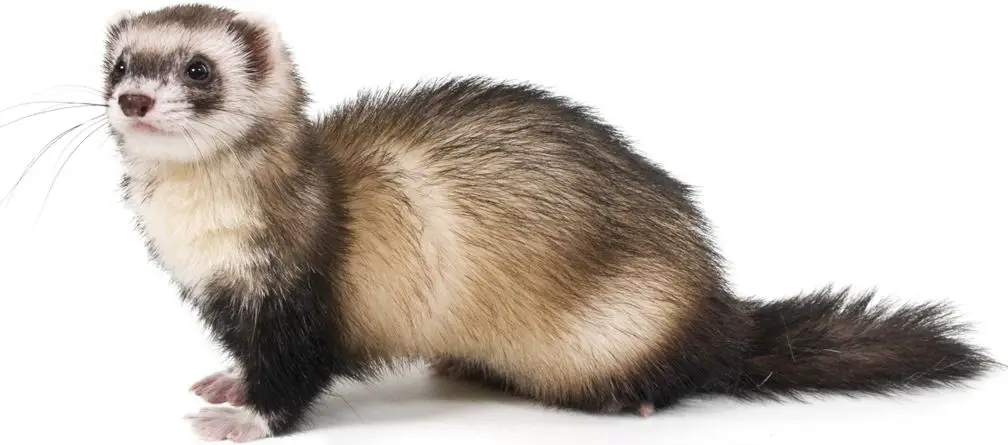
What’s the rarest type of ferret?
The black-footed ferret is one of the rarest mammals in North America. The species was believed to be extinct until 1981, when a ranch dog named Shep discovered the last remnant population in Meeteetse, Wyoming.
Endangered Status: The Black-Footed Ferret is critically endangered, which means it faces an extremely high risk of extinction in the wild. At one point, it was considered the most endangered mammal in North America.
Distinctive Appearance: Black-Footed Ferrets have a striking appearance with a creamy-buff coat and distinct black markings on their face and feet, giving them their name. These markings make them easily distinguishable from other types of ferrets.
Specialized Diet: Unlike domestic ferrets, which are carnivorous but not dedicated hunters, Black-Footed Ferrets primarily prey on prairie dogs. They are highly adapted to this diet and rely on healthy prairie dog populations for survival.
Habitat: Historically, these ferrets were found throughout the Great Plains of North America, from Canada to Mexico. However, habitat loss, prairie dog eradication programs, and disease outbreaks among prairie dogs have significantly reduced their range.
Conservation Efforts: Conservationists have been working diligently to save the Black-Footed Ferret from extinction. One notable initiative is the captive breeding and reintroduction program. Ferrets are bred in captivity and then carefully reintroduced into their former habitats once conditions are suitable.
What is the cutest type of ferret?
Some of the cutest ferrets in the world are those with “panda” coloring. Panda-colored ferrets have white heads, mitts, and white-tipped tails. Their front legs are darker and they have a white bib and white over the body. But their backs have darker fur in a saddle-like marking, giving them their unique pattern.
Sable Ferrets: Sable ferrets are one of the most common and popular colorations among domestic ferrets. They have rich, warm, and dark brown fur with a creamy underbelly and a masked face, which many people find endearing.
Albino Ferrets: Albino ferrets have pure white fur, pink noses, and ruby-red eyes, which gives them a striking and unique appearance. Their stark contrast between fur and eyes can be captivating.
Siamese Ferrets: Siamese ferrets have a cream or beige body with darker fur on their paws, tail, and mask. Their coloration is reminiscent of Siamese cats, which some people find incredibly cute.
Panda Ferrets: Panda ferrets have a distinctive black and white pattern that resembles a panda bear. They have a white body with black markings around their eyes and ears, which can be quite charming.
What is the most common type of ferret?
Sable ferrets are the most commonly seen ferrets. This typical brown ferret can be easily found in pet stores around the country. The guard or top layer of hair is a rich brown and the undercoat is lighter in color varying from cream to white and even gold.
Domestic ferrets come in various coat colors and patterns, making them visually diverse. The most common coloration is the sable ferret, which has a rich, dark brown coat with a creamy underbelly. Other common colors include albino (white with pink eyes), silver, cinnamon, and panda (black and white).
These ferrets are known for their playful and curious nature. They are highly social animals and thrive on interaction with their human owners and fellow ferrets.
Domestic ferrets are also known for their mischievous behavior and ability to squeeze into tight spaces. With proper care, domestic ferrets can live for an average of 6 to 10 years, although some may live even longer.
Domestic ferrets are popular pets in many countries, particularly in North America and Europe. Their friendly disposition, entertaining antics, and adaptability to indoor living make them beloved companions for many individuals and families.
The legality of owning a domestic ferret can vary by region. They are considered exotic pets and may require permits or be prohibited altogether. Prospective ferret owners should check their local regulations before acquiring one.
Are ferrets harmless?
Ferret owners should be aware that although ferrets can make good pets, they can sometimes carry germs that can make people sick. Ferrets are also not recommended for homes with children under 5 years of age because of the increased risk of injury from bites.
Ferrets are known for their playful and curious nature. They love to explore their surroundings and engage in activities such as play-fighting. While their playfulness is endearing, it can sometimes lead to nipping or biting during play. This is usually not intended as aggression but rather as a form of interaction.
Ferrets have sharp teeth, and they may occasionally bite when they feel threatened, scared, or overly excited. This is more common in young ferrets that are still learning appropriate social behaviors. Proper training and socialization can help reduce biting incidents.
Ferrets are highly social animals and thrive on interaction with their human companions and other ferrets. If they are not given enough attention and mental stimulation, they can become bored or anxious, which may lead to undesirable behaviors.
Ferrets have a natural hunting instinct, which means they may chase and “hunt” small animals, such as rodents. This can be problematic if other pets, like hamsters or birds, are present in the household.
Are ferrets cute pets?
They Are Super Cute
Their long slender body and adorable fluffy faces make them wonderful companions. They are also a good conversation starter. You can even dress up your ferret like you would with a cat or dog. You can take pictures of your ferret to post on all your social media accounts.
Ferrets have a distinctive and charming appearance that captures the hearts of many. Their elongated bodies, soft fur, and captivating eyes are often described as cute and lovable. Ferrets come in various coat colors and patterns, allowing pet owners to choose their preferred look.
Ferrets are incredibly playful and curious animals. They are known for their boundless energy and love for exploration. Watching a ferret engage in playful activities, such as chasing toys or tumbling around, is both entertaining and endearing.
Ferrets are highly social creatures that form strong bonds with their human caregivers. They enjoy cuddling, snuggling, and seeking attention, which many people find heartwarming. Their affectionate nature makes them wonderful companions.
Ferrets have a mischievous streak, and their playful antics often lead to amusing and adorable moments. Whether they’re hiding in tunnels, stealing socks, or pouncing on each other, their behavior adds to their charm.
What is a chocolate ferret?
Chocolate ferrets has a similar appearance to Sables, but their coat is a light brown, sometimes reddish tint to the fur. They have pink noses with a darker outline and usually black eyes.
Chocolate ferrets are known for their striking and attractive appearance, and they are sought after by ferret enthusiasts for their unique coloration. It’s important to note that the term “chocolate” is a reference to the color of their fur and does not indicate a separate breed or distinct subtype of ferret.
Domestic ferrets, including those with chocolate-colored fur, come in a wide range of coat colors and patterns. Some of the most common coat colors include sable, albino (white with pink eyes), silver, cinnamon, and panda (black and white). Ferret breeders have selectively bred these animals over the years to produce various coat colors and patterns, and chocolate ferrets are one of the beautiful results of these breeding efforts.
When considering a chocolate ferret as a pet, it’s essential to remember that their coat coloration does not affect their personality or behavior. Like all domestic ferrets, they are playful, social, and affectionate animals that require proper care, attention, and interaction to thrive.
Whether you prefer a chocolate-colored ferret or one with a different coat color, the most important factor in choosing a pet ferret is their health, temperament, and suitability for your lifestyle.
Can a ferret love you?
Ferrets may be tiny, but they pack big personalities into small packages. These guys can be extremely loving and cuddly with their humans. Of course, it takes time to form that special friendship.
Cuddling and Snuggling: Ferrets are known for their love of cuddling and snuggling. They often seek out their human companions for warmth and comfort, curling up in their laps or nuzzling against them.
Playfulness: Ferrets are incredibly playful animals, and one way they express their affection is through play. They may engage in games of chase, hide-and-seek, or simply playfully pounce on their owners. This interaction is a form of bonding and trust-building.
Following You Around: Ferrets are curious creatures and like to explore their environment. If a ferret follows you around the house or shadows your every move, it’s a sign of their attachment and desire to be close to you.
Kissing and Nipping: Ferrets often give gentle “kisses” by lightly nibbling on their owner’s fingers or face. This behavior is a sign of affection and is usually not meant to harm. It’s their way of showing love and trust.
Vocalization: Ferrets can make a range of vocalizations, including purring and chittering when they are content and happy. These sounds are akin to a cat’s purring and can be a clear indication of their emotional state.
Are ferrets baby friendly?
Ferrets need playtime out of their cage and must be supervised at all times if young children are present. Keep your ferret in a separate, ferret-proofed room with ferret supplies, away from infants and very young children.
Small Size: Ferrets are small animals, typically measuring around 13 to 16 inches in length, excluding their tail. Their petite size makes them delicate, and they can be easily injured if mishandled, even unintentionally.
Playful Behavior: Ferrets are known for their playful and curious nature. They have sharp teeth and claws, and when they play, they can nip, scratch, or even play-bite. While this behavior is usually gentle and not meant to harm, it might not be suitable for infants or very young children who may not understand how to interact with a ferret safely.
Choking Hazard: Ferrets are naturally curious and may try to explore by putting objects in their mouths. This behavior could pose a choking hazard to small objects or toys that infants or toddlers might leave within reach.
Supervision Required: If a family with infants or young children chooses to have ferrets as pets, constant supervision is necessary when the two interact to ensure the safety of both the child and the ferret.
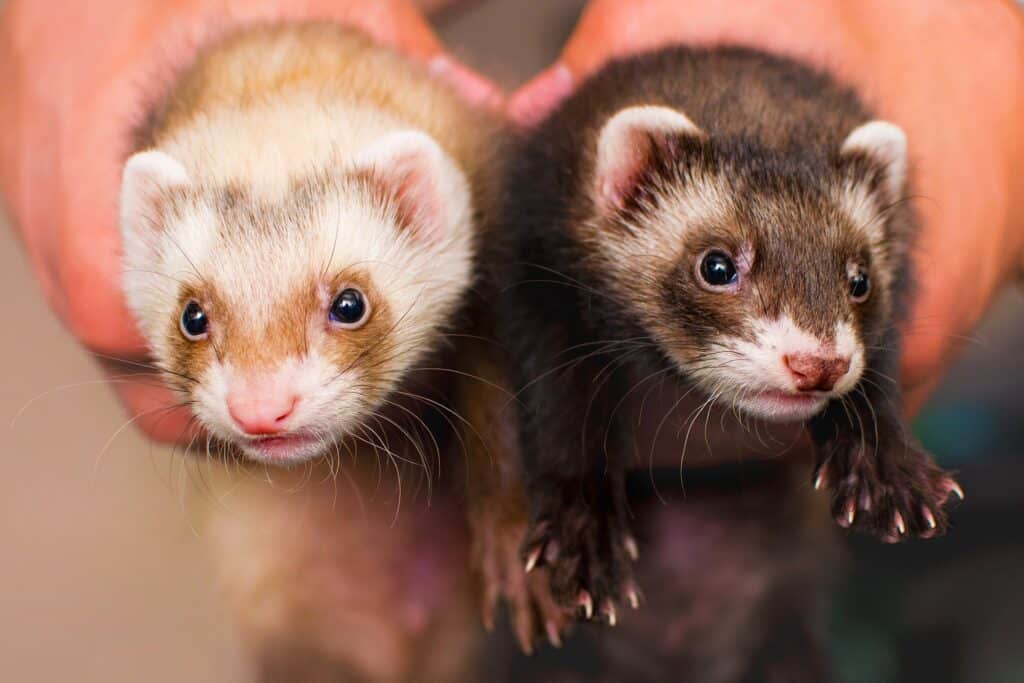
Conclusion
From the beloved domestic ferret with its myriad of coat colors to the wild European polecat and the endangered black-footed ferret of North America, each type of ferret brings its own unique characteristics and adaptations to the table. Exploring the different ferrets breeds not only deepens our understanding of these charming creatures but also highlights the importance of their conservation and responsible ownership. It underscores the rich tapestry of biodiversity within the Mustelidae family, offering a glimpse into the intricate relationships ferrets have with their environments and with humans.
Whether you’re an enthusiastic ferret owner, a wildlife enthusiast, or simply someone curious about the natural world, the world of ferrets provides endless opportunities for discovery and appreciation. So, as we conclude our journey into the various types of ferrets, we can only marvel at the beauty and complexity of these animals and the role they play in both nature and our lives. Delving into the world of ferrets emphasizes the interconnectedness of ecosystems and the importance of preserving biodiversity. Ferrets, both domestic and wild, have distinct roles to play in their respective habitats.
Domestic ferrets provide companionship and entertainment to countless individuals, while wild ferrets contribute to the delicate balance of their ecosystems as skilled hunters and predators. The story of ferrets also serves as a reminder of the critical need for conservation efforts, especially for endangered species like the black-footed ferret. By understanding the different types of ferrets and their ecological significance, we can appreciate the value of protecting their natural habitats and ensuring their survival for generations to come.

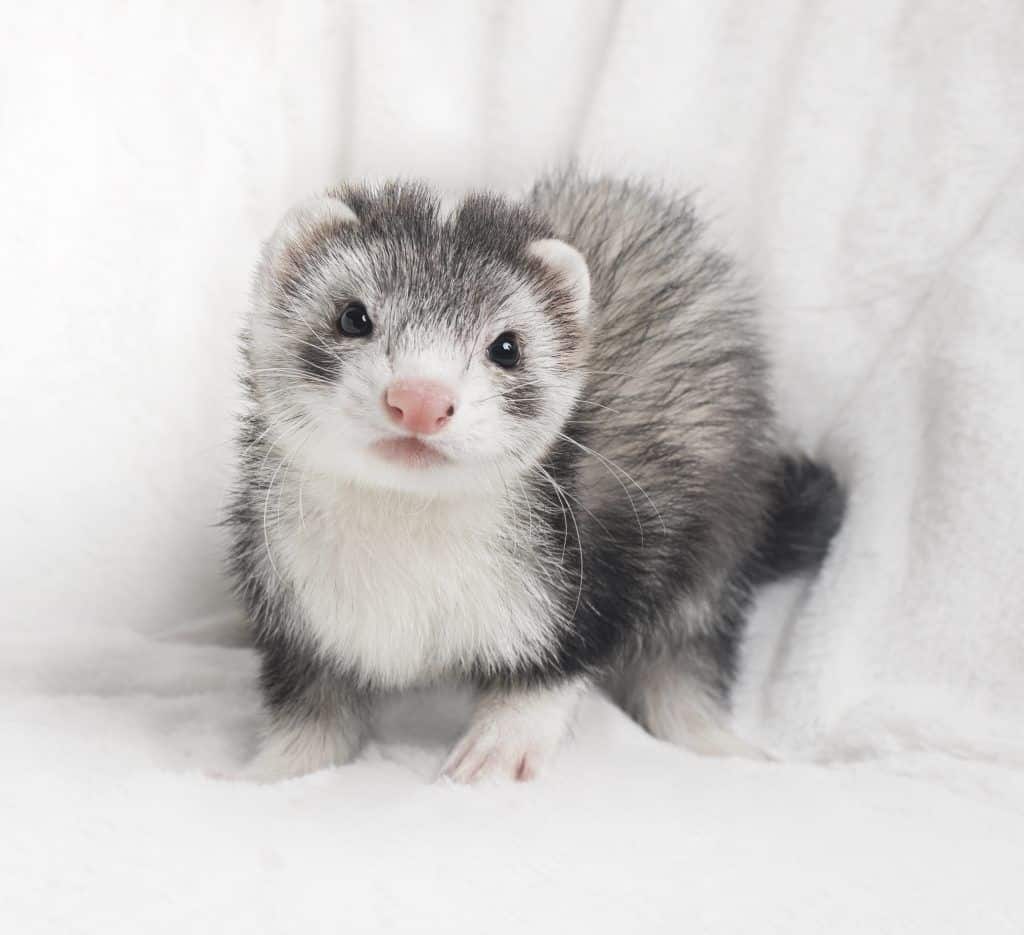
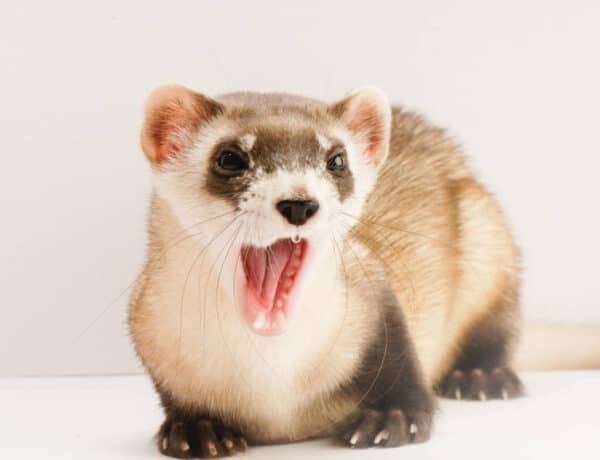
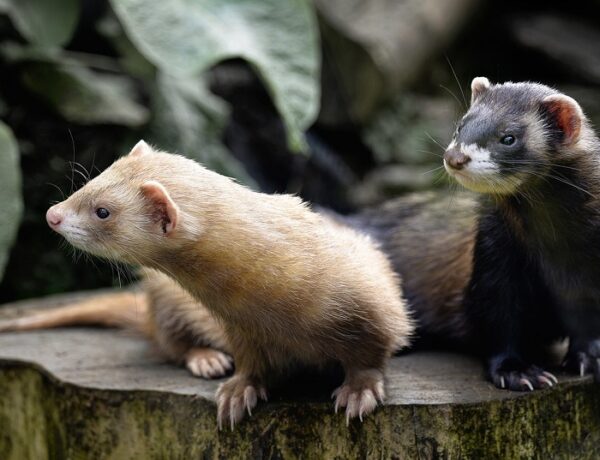
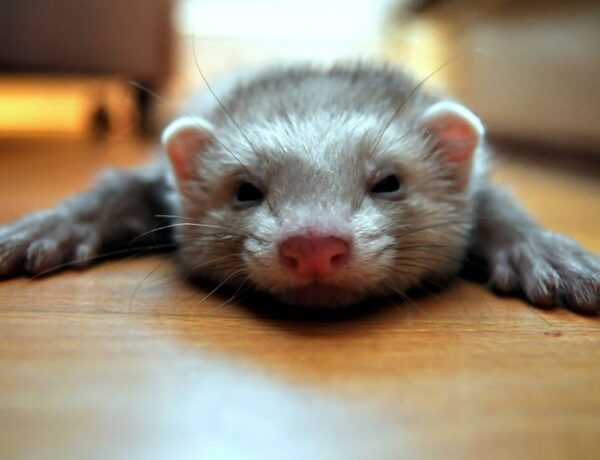
No Comments